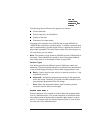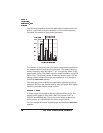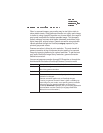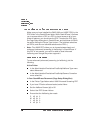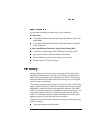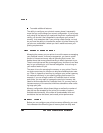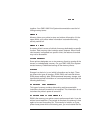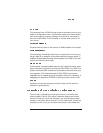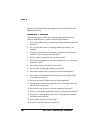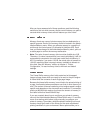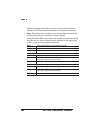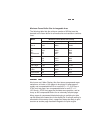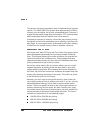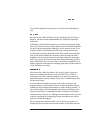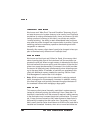
This protected form of RAM is used to store information such as your
printer’s configuration menu. Configuration options you have chosen,
such as emulations, memory settings, and input bins, are saved to
this non-volatile RAM. This information is not lost when you turn off
your printer.
Physical memory refers to the amount of RAM installed in the printer.
Virtual memory extends the effective size of the printer’s memory by
using a disk file or swap file to simulate additional memory space. It
enables the hard disk to accept data swapped from RAM to free tem-
porarily the RAM for other tasks.
Quick loading, reprogrammable memory that holds information even
when the printer is turned off is known as flash ROM. Your 1660 Print
System has flash ROM available to hold system code and future sys-
tem upgrades. The chief advantage of flash ROM is that system
upgrades can be loaded from your computer without the necessity of
swapping out expensive EPROMS or having to place a service call.
Spooling is temporary storage to hold print jobs until the printer is
available to process them.
The first step in allocating your printer’s memory is to define your
printing needs. Each of your printer’s features requires a minimum
amount of memory. If you use a feature, you must allocate enough
memory to the client which controls it. On the other hand, if there are
features you don’t use, you can take the memory in the clients that



